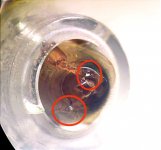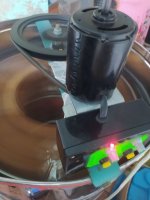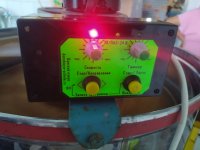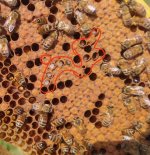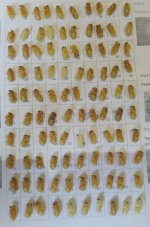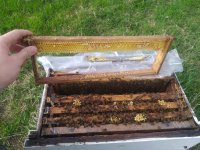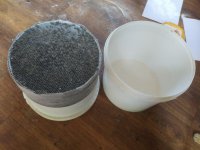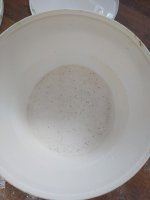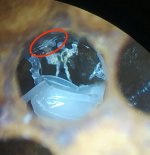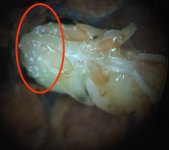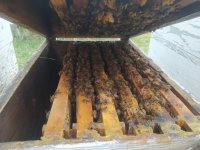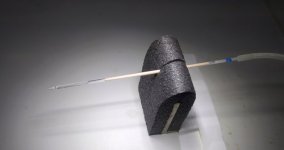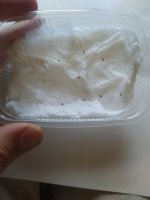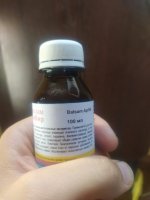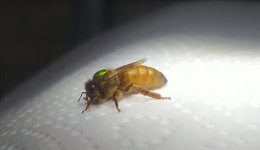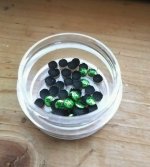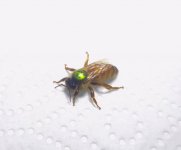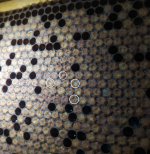I will continue the topic on sacbrood.
I will write in this topic, because some points in my practice will most likely be harmful to ordinary beekeepers.
As you know, I am breeding bees resistant to varroa. And before creating a topic about sacbrood, I specially isolated queen bees so that they would be mite donors. The bulk of the mite is in the brood, and this method is used to infect the test colonies.
Therefore, my experiments did not look entirely logical, after your advice it will go away on its own. And I’m used to the colonies being healthy.
As in the present study, I ended up with three groups.
Group 1 - control. A colony that has not been treated and I will observe how long it will take for this disease to disappear and will it disappear?
2. Group - the queen bees are caught in a cage and the colony is insulated and reduced.
I'm waiting for the open brood to be sealed. I will provide stimulating feeding with an antiviral drug so that adult bees do not transfer the virus back to the larva.
Group 3 - the queen bee is caught in a cage, but the colony is not reduced. And it will be without therapeutic feeding.
The cause of sacbrood.
The first reason that was pointed out was the varroa mite. Two years ago, towards the end of the season, regular bees had this behavior where the brood cell was opened at various stages of the bee's development. From larva to pupa. But in those colonies there was a lot of ticks. This behavior shows that the colony is in agony. And winter losses were more than 50%. This was at the initial stages of work and I lacked knowledge.
Now the bees in my apiary have been living without treatment for 7 months.One could assume that the reason was a tick. During the spring, the tick population should have increased. I shook the entire colony into a bucket and shook it with powdered sugar. In the end, I was only able to find 8 mites in one colony and 4 mites in another colony. And this despite the fact that almost all of the printed brood was born. This is a colony that does not have pronounced vsh characteristics.
My guess is that the colonies do not become infected from each other due to wandering drones and bees. This is why the tick population is not growing exponentially.
On the one hand, I'm glad that vsh works, but where can I get a tick for experiments?))
In general, the queens from the second group are released back into the hive. And the colonies were given an antiviral drug of plant origin.
Now we just have to wait for the brood to be sealed and watch.
